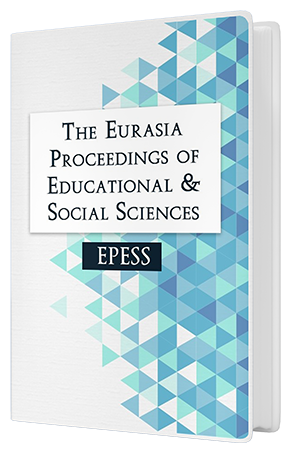Analytical Quantitative Study for Forecasting Methods of the Numbers of Students in Palestinian Schools
Keywords:
Forecasting population, Total student numbers, Forecasting accuracyAbstract
The forecasting process of the total number of students in Palestine contributes in studying the future educational needs by government and policy makers. The more accurate the forecasting, the more it contributes in saving time, effort, and money when providing educational services. It also contributes in providing other valuable information such as buildings, human and financial resources, and educational plans required. Since these services rely heavily on the accuracy of the forecasting, choosing an inappropriate method will result in unrealistic predictions that may lead to an increase or decrease in budgeted costs, and ultimately to a failed planning process. In this paper, six mathematical forecasting methods were discussed, and then utilized to forecast the number of students for a specific number of years. In order to compare and evaluate the performance and accuracy of the methods, the Mean Absolute Deviation (MAD), Mean Absolute Percent Error (MAPE), and Root Mean Square Error (RSME) common measurements were used to find the most accurate and suitable method to the Palestinian reality. The study find that the exponential method is the most accurate and suitable to the Palestinian reality, and it recommends that not to use the same method to forecast the student numbers for periods longer than a decade.Downloads
Published
Issue
Section
License
Copyright (c) 2018 The Eurasia Proceedings of Educational and Social Sciences

This work is licensed under a Creative Commons Attribution-NonCommercial-ShareAlike 4.0 International License.
The articles may be used for research, teaching, and private study purposes. Any substantial or systematic reproduction, redistribution, reselling, loan, sub-licensing, systematic supply, or distribution in any form to anyone is expressly forbidden. Authors alone are responsible for the contents of their articles. The journal owns the copyright of the articles. The publisher shall not be liable for any loss, actions, claims, proceedings, demand, or costs or damages whatsoever or howsoever caused arising directly or indirectly in connection with or arising out of the use of the research material. All authors are requested to disclose any actual or potential conflict of interest including any financial, personal or other relationships with other people or organizations regarding the submitted work.




